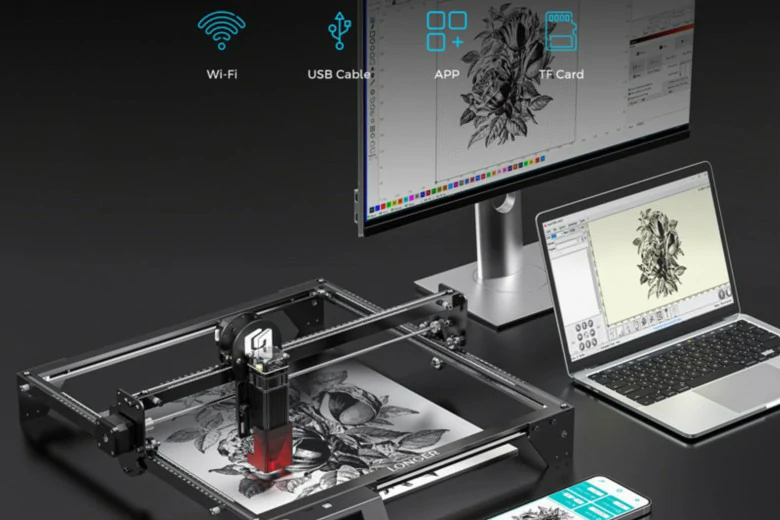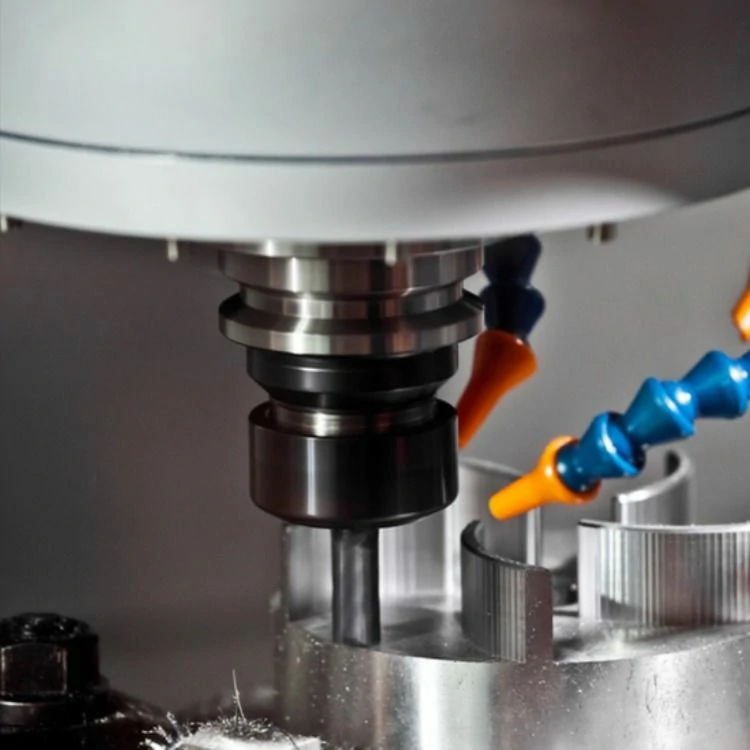CNC Machining Accuracy Requirements and Precautions for Non-Standard Parts
Introduction:
CNC machining has revolutionized the manufacturing industry by providing precise and efficient methods for producing parts with complex geometries. However, when it comes to non-standard parts, there are specific accuracy requirements and precautions that need to be considered. In this article, we will explore these requirements and precautions in detail.
Accuracy Requirements:
1. Dimensional Accuracy: Non-standard parts often have unique dimensions that require precise machining. The dimensional accuracy of these parts must meet the specified tolerances to ensure proper fit and functionality.
2. Surface Finish: The surface finish of non-standard parts is crucial, especially for parts that come into contact with other components or have aesthetic requirements. Smooth and well-finished surfaces minimize friction, improve the appearance, and enhance the overall performance of the parts.
3. Positional Accuracy: Some non-standard parts may have features or holes that need to be accurately positioned relative to other elements of the part or assembly. CNC machining should provide the required positional accuracy to ensure proper alignment and functionality.
Precautions for Non-Standard Parts:
1. Design Considerations: During the design phase, it is essential to consider the limitations and capabilities of CNC machining for non-standard parts. Complex geometries, thin walls, and intricate details may require special tooling or machining strategies to achieve the desired accuracy.
2. Material Selection: The choice of material for non-standard parts can significantly impact machining accuracy. Certain materials, such as those with high hardness or low machinability, may pose challenges in achieving the required precision. Selecting the appropriate material that balances the desired properties and ease of machining is critical.
3. Fixture and Workholding: Proper fixation and workholding arrangements are vital for machining non-standard parts accurately. The fixture should securely hold the part in place to avoid any movement or vibration during machining. Improper workholding may lead to dimensional deviations or poor surface finish.
4. Tooling Selection: Non-standard parts often require specialized tools to achieve the desired accuracy. The selection of appropriate cutting tools, such as end mills, drills, or reamers, should consider factors like material properties, part geometry, and surface finish requirements. Using worn-out or incorrect tools can compromise machining accuracy.
5. Machining Strategy: Tailoring the machining strategy to suit the specific requirements of non-standard parts is crucial. Factors like tool paths, cutting speeds, feed rates, and depths of cuts should be optimized to achieve the desired accuracy and surface finish. Employing advanced features like high-speed machining or multi-axis milling may be necessary for complex geometries.
6. Quality Control: Implementing stringent quality control measures throughout the machining process is essential for non-standard parts. Regular inspections, measurements, and evaluations ensure that the parts comply with the required accuracy standards. Any deviations can be identified and addressed promptly.
Conclusion:
CNC machining provides an efficient and accurate method for producing non-standard parts. However, to achieve the desired accuracy, dimensional precision, and surface finish, certain requirements and precautions need to be considered. By understanding these aspects and implementing the necessary steps, manufacturers can ensure the successful production of high-quality non-standard parts.
.webp)


